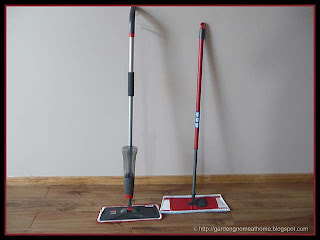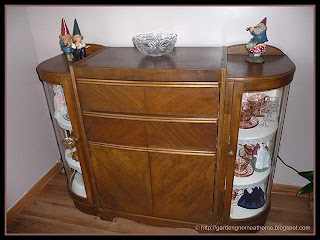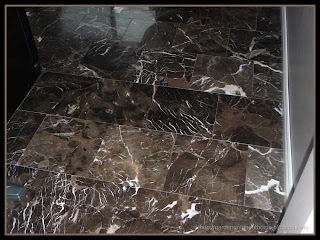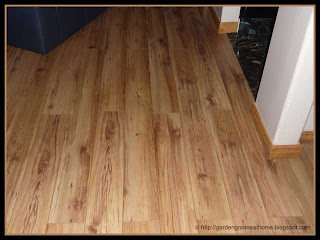[Please note: I am not in any way compensated by Bissell. The thoughts expressed here are my own based on my experience using Bissell products.]
I have used a lot of floor maintenance machines since being a newlywed eons ago. We bought a Bissell electric broom for our first apartment. Even though I have had a used and rather old red Hoover cannister vacuum cleaner, a Filter Queen (at one time the creme de la crop), and a central vacuum, I keep coming back to Bissell products. One reason I love Bissell is because I get consistently good results. Years ago we were renovating a turn of the century home. My FIL thought a low pile carpet would be good for the kitchen to quickly get a floor in for winter [we later had it professionally replaced with sheet flooring]. With young kids, a cat and allergies it wasn't the wisest advice but we heated solely with wood and needed anything possible to help warm the house during the renovation stage. Anyway, Zeller's had a new loyalty program called Z-points so we signed up and soon had enough Z-points to cash in for a Bissell steam cleaner. It was a tank rather stand-up model but it was free. That was back in the mid-1980's and do you know we were still using that very same steam cleaner to clean carpets at our last house (2007 - 2011)? Now that is a good machine! I've had two Bissell upright, bagless vacuums that are still in action (one at my husband's office, the other at one of our kids) and one DirtDevil that went to the landfill.

When we moved into our new home in September, I knew I would have to get some type of vacuum. The handheld vacuum is great for quick cleanups but it was obvious that more dust control was needed in the absence of carpeting. I bought a Bissell 3-in-1 Vac ($29.99). It's basically a nice, bagless, convertible hand held vacuum. It did not take me long to realize while the 3-in-1 is great, I really needed a vacuum cleaner with extra cleaning tools for deep down cleaning.
WalMart Canada had a sale on vacuum cleaners including the Bissell Opticlean cyclonic bagless vacuum cleaner. It was originally $149.99 on for $68.99. I didn't even blink when I put it in the cart. I wanted something bagless, compact, versatile with cleaning tools and the reality was for our purposes we did not need anything really fancy.
The Opticlean has a lot of very nice features like filters, telescoping extendable wand, onboard attachments, automatic power cord retractor with cord storage, easy carpet to hard flooring, wand storage in two positions and it's bagless. It lightweight enough for me to carry between the three levels yet is heavy enough for substantial usage. The previous owners had two dogs and I'm pretty sure they had a cat or two. You should have seen the area around the furnace and water heater. Talk about fur balls! They were huge. We clogged up the new vacuum three times just cleaning that space then clogged it a couple more times cleaning hair balls from under the refrigerator we wrote into the deal. Removing the vent cover at the bottom of the refrigerator revealed a giagantic as in never had been cleaned since buying the fridge hair blockage! Three floor heating vents were equally blocked. Had we ruined the new vacuum we would have been out $68.99 but well ahead in the resulting energy savings.
We didn't ruin the machine. It follows me around like a little blue beetle on my heavier cleaning days. I've used it a lot with no problems to clean window tracks, door sills, the floors and so much more. I'm actually quite fond of my little blue beetle! For the price, I certainly cannot complain but then I wouldn't expect anything less from a Bissell.
Garden Gnome
©2006-2011

























